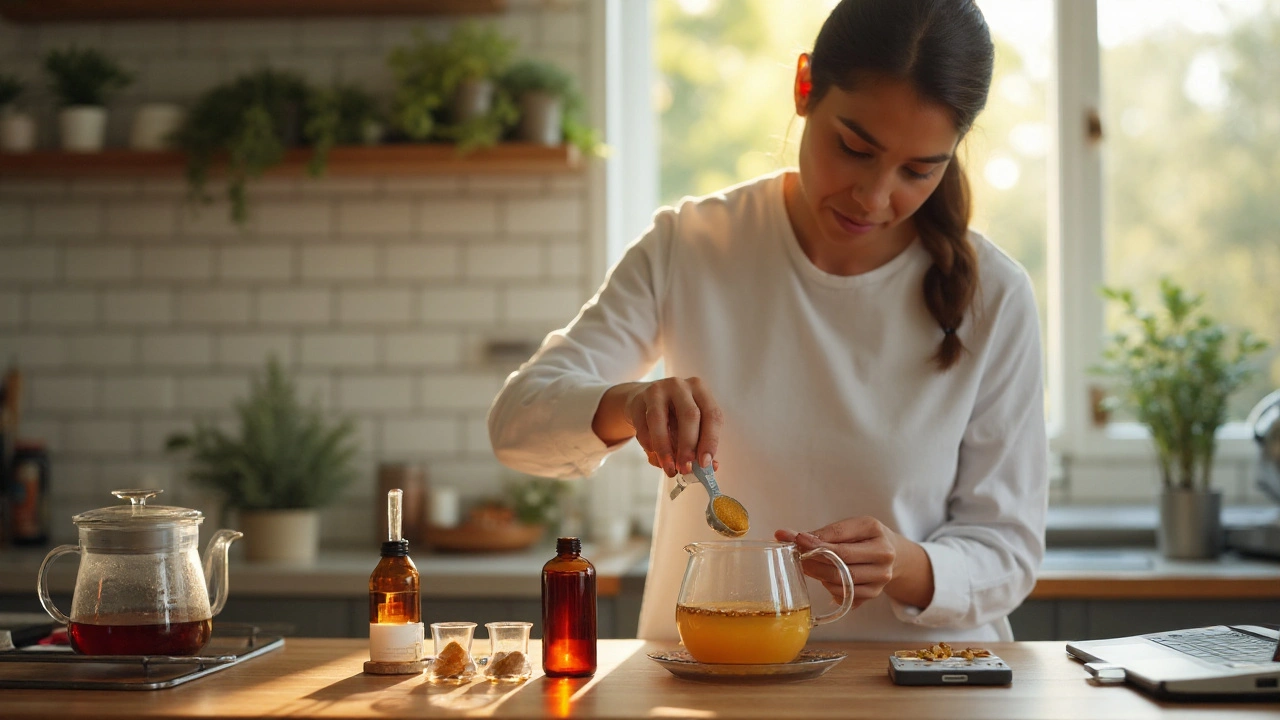Bladder Pain Relief: Simple Ways to Calm the Discomfort
If you’ve ever felt a sharp, burning urge while you’re trying to focus on work, you know how annoying bladder pain can be. The good news is you don’t have to live with it. By tweaking a few daily habits and knowing when to get professional help, you can cut the pain down to a whisper.
Common Triggers and Quick Fixes
First, spot the culprits. Caffeine, alcohol, and spicy foods are the usual suspects that irritate the bladder lining. Cutting back on coffee or swapping it for herbal tea can make a noticeable difference within a day or two. If you love soda, try a sparkling water with a splash of lemon—still fizzy, but gentler on the bladder.
Next, watch your fluid timing. Drinking a lot right before bedtime forces the bladder to work overnight, often leading to night‑time cramps. Aim to spread your water intake over the day and finish the bulk a few hours before you hit the pillow. A warm water bottle on your lower abdomen can also soothe a sudden flare‑up; the heat relaxes the muscles and eases the sharp sting.
Don’t forget the power of pelvic floor exercises. Simple Kegels—tightening the muscles you’d use to stop a stream—help strengthen the support around the bladder. Do three sets of ten squeezes a day, holding each for five seconds. You’ll notice less urgency and fewer painful episodes after a couple of weeks.
For those who prefer natural remedies, a cup of cranberry juice (unsweetened) can reduce bacterial irritation, while a tablespoon of apple cider vinegar diluted in water may balance bladder pH. Both are easy to add to your routine without extra cost.
When to See a Professional
Home tricks work for mild or occasional pain, but if you’re dealing with constant burning, blood in the urine, or pain that lasts more than a few days, it’s time to call a clinician. Conditions like interstitial cystitis, urinary tract infections, or kidney stones need proper diagnosis and treatment.
A doctor may suggest a bladder diary—track everything you eat, drink, and how often you pee. This record helps pinpoint hidden triggers and guides medication choices. Prescription options include anticholinergics to calm an overactive bladder, or low‑dose antibiotics if an infection is lurking.
In some cases, a referral to a pelvic floor therapist is best. These specialists use biofeedback and guided exercises to release muscle tension that oral meds can’t fix. The sessions feel like a workout for the pelvic area, but many report quicker relief than pills alone.
Finally, keep an eye on your mental health. Stress amplifies pain signals, so practices like deep breathing, short walks, or a quick mindfulness app can lower the overall discomfort. When the body relaxes, the bladder often follows.
Bottom line: start with simple diet tweaks, staying hydrated at the right times, and basic pelvic floor work. If the pain sticks around, don’t wait—book a check‑up and get a tailored plan. You deserve a bladder that lets you live without constant interruption, and these steps put that goal within reach.
Herbal Remedies for Bladder Pain: Evidence, Safety, and Practical Tips
- Cheryl Moran
- September 16, 2025
- 17 Comments
Clear, evidence-based guide to herbal options for bladder pain-from UTIs to interstitial cystitis. What works, doses, safety, and when to see your GP.
read more